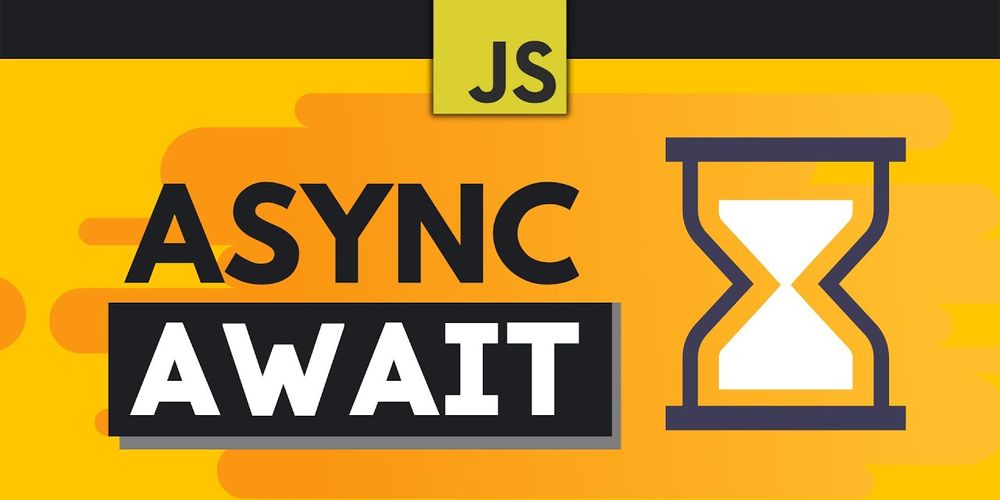Javascript Series: Async/Await - Simplifying Asynchronous JavaScript
-
 Samuel Dang
Samuel Dang
- June 13, 2023

Asynchronous programming is a fundamental aspect of JavaScript, allowing us to perform tasks without blocking the execution of other operations. Traditionally, handling asynchronous operations in JavaScript required the use of callbacks and promises, which could sometimes lead to complex and nested code structures. However, with the introduction of
async/awaitin ES2017, JavaScript provides a more elegant and synchronous-like approach to writing asynchronous code. In this article, we’ll explore the async/await syntax, its benefits, and how to use it effectively.
Understanding Async/Await
async/await is a syntax feature in JavaScript that allows us to write asynchronous code in a more sequential and readable manner. It builds on top of promises, making it easier to work with asynchronous operations. The async keyword is used to declare an asynchronous function, while the await keyword is used to pause the execution of a function until a promise is fulfilled or rejected.
Benefits of Async/Await
1. Readability
One of the key advantages of async/await is its improved readability. By using async and await keywords, we can write asynchronous code that closely resembles synchronous code, making it easier to understand and reason about. As a result, complex asynchronous operations can be expressed in a more sequential and intuitive way.
2. Error Handling
With async/await, error handling becomes more straightforward. Instead of chaining multiple .then() and .catch() methods, we can use a try-catch block to handle errors. This simplifies the error handling process and makes the code easier to maintain.
3. Sequential Code Execution
The await keyword allows us to pause the execution of a function until a promise is resolved, making it easier to write sequential code. This is particularly useful when we need the result of one asynchronous operation before proceeding to the next step. With async/await, we can express the flow of asynchronous tasks more naturally, enhancing the readability and maintainability of our code.
Using Async/Await
To use async/await, we need to define an asynchronous function by adding the async keyword before the function declaration. Within the asynchronous function, we can use the await keyword to pause the execution until a promise is settled. Let’s see an example:
function delay(ms) {
return new Promise((resolve) => setTimeout(resolve, ms));
}
async function fetchData() {
try {
console.log('Fetching data...');
await delay(2000);
const response = await fetch('https://api.example.com/data');
const data = await response.json();
console.log('Data:', data);
} catch (error) {
console.error('Error:', error);
}
}
fetchData();In the above example, the fetchData function is defined as an asynchronous function using the async keyword. Inside the function, we use the await keyword to pause the execution until the delay promise is resolved and then fetch data from an API using the fetch function. If any error occurs during the execution, it will be caught in the catch block.
Conclusion
The introduction of async/await in JavaScript has greatly simplified asynchronous programming. It allows us to write asynchronous code in a more sequential and readable manner, improving code comprehension and reducing complexity. With its benefits of enhanced readability, simplified error handling, and sequential code execution, async/await has become the preferred approach for handling asynchronous operations in modern JavaScript.
As you continue your journey in JavaScript development, consider embracing the power of async/await to streamline your asynchronous code and unlock the potential for more maintainable and efficient applications. Happy coding!


